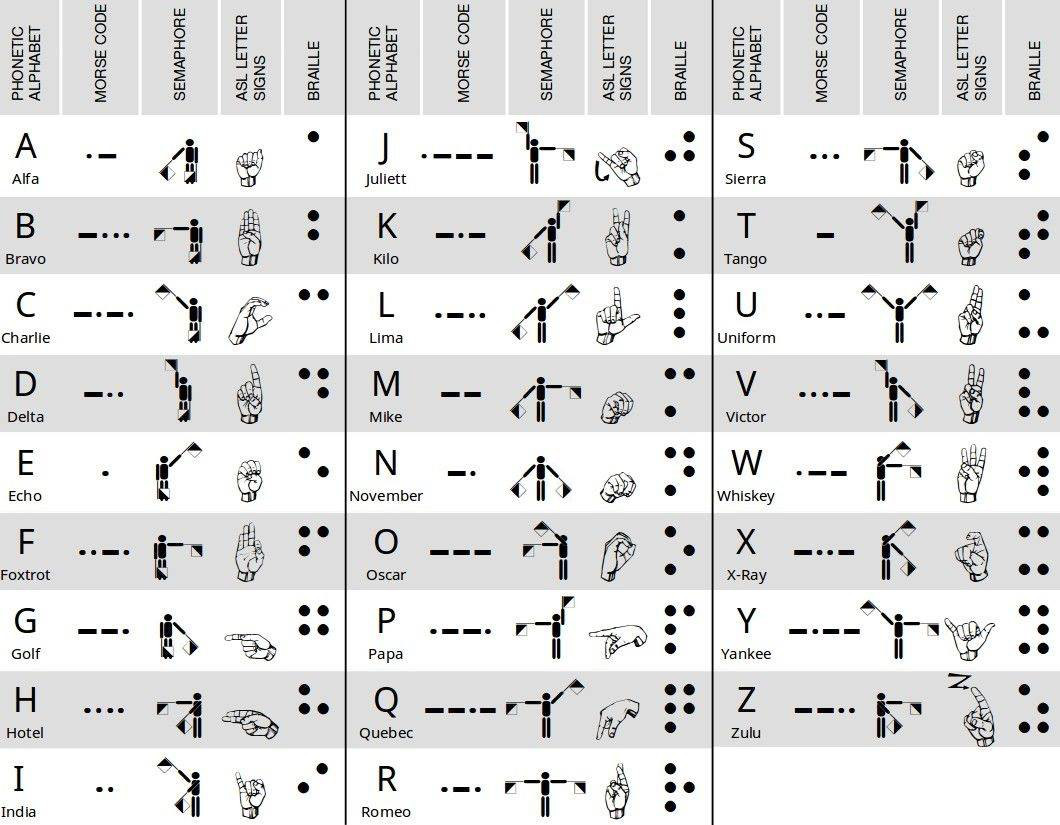Phonetic Alaphabet
Introduction⚑
There seems to be many views on origins of the phonetic alphabet, probably because the International Phonetic Alphabet (IPA) has undergone a number of revisions since it’s creation.
According to ChatGPT, it can be traced back to the mid-19th century when it was developed by a group of linguists and educators who were looking for a better way to teach people to read and write. The system they created, known as the International Phonetic Alphabet (IPA), is based on the idea that each sound in a language can be represented by a unique symbol or letter.
According to Popular Mechanics, “In the 1920s, a special agency of the United Nations, called the International Telecommunication Union (ITU), produced the first official version of a phonetic alphabet.”
Wikipedia has a more detailed version of the ChatGPT overview above.
I like this ChatGPT version the most:
In the late 1800s, the telegraph was becoming a popular means of communication for the military as well. Telegraph signals could be difficult to understand due to noise and interference, so the military began to use code words to represent individual letters. This system eventually evolved into phonetic alphabets, with the first known use of a phonetic alphabet in the military being attributed to the French in the 1890s.
Regardless of its origins, the phonetic alphabet has become an essential tool for military communications, allowing personnel to transmit information accurately and efficiently, even in challenging environments. It is also widely used in civilian settings, such as aviation, emergency services, and telecommunications, where clear and accurate communication is essential.
When I was in the Navy, I specialized in communications. I knew the phonetic alphabet (almost better than the English alphabet itself!) and some Morse code. Semaphore is not as easy as it looks, you need to know the signals in reverse so that you are facing the person you are trying to communicate with and reading it backward.
I've done various CTFs where there was a clue in Morse code or braille, so when I found this chart I figured it'd be good to hang on to. Not my original work, it was shamelessly stolen from the interwebs.
TODO: Maybe at some point, in all my copious spare time™, I'll add a little more background about each language. I'm trying to keep my garden pretty lean and have as few images as possible, but for now, here's the .jpg with the languages as comments so they are still searchable.
Phonetic Alphabet (IPA)⚑
